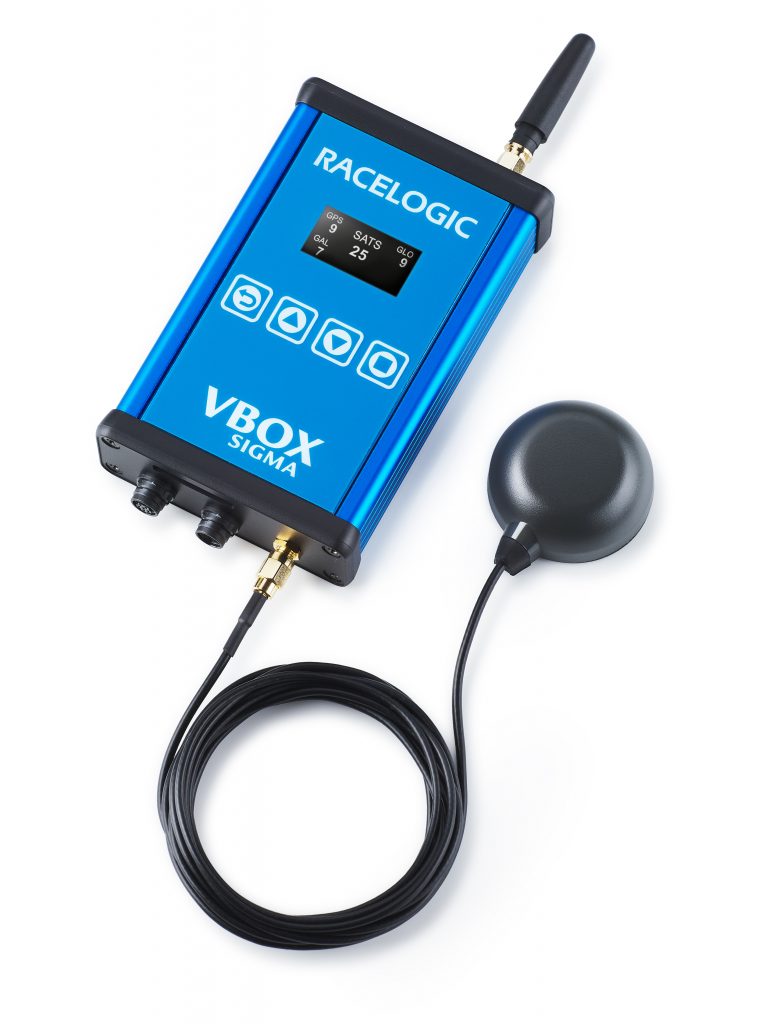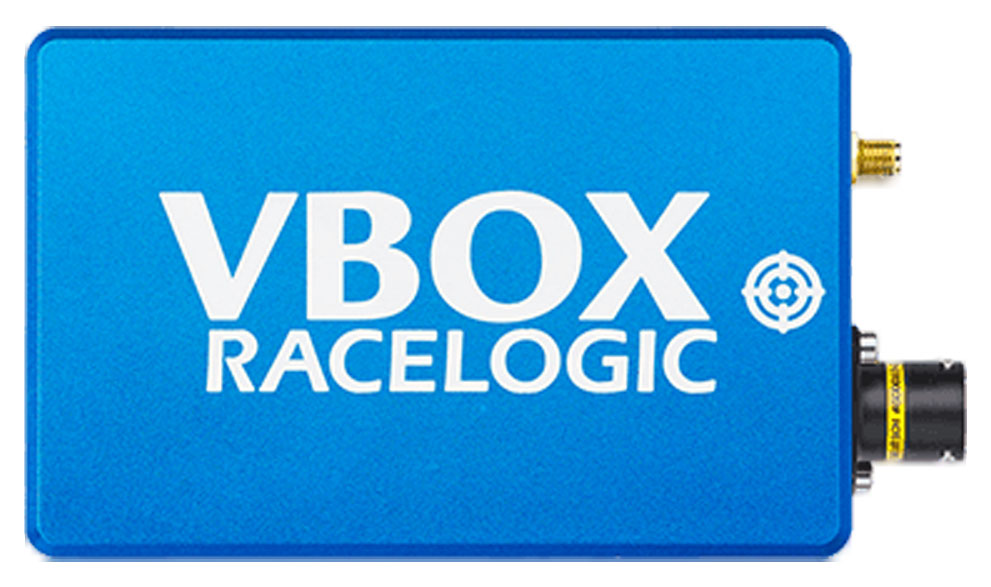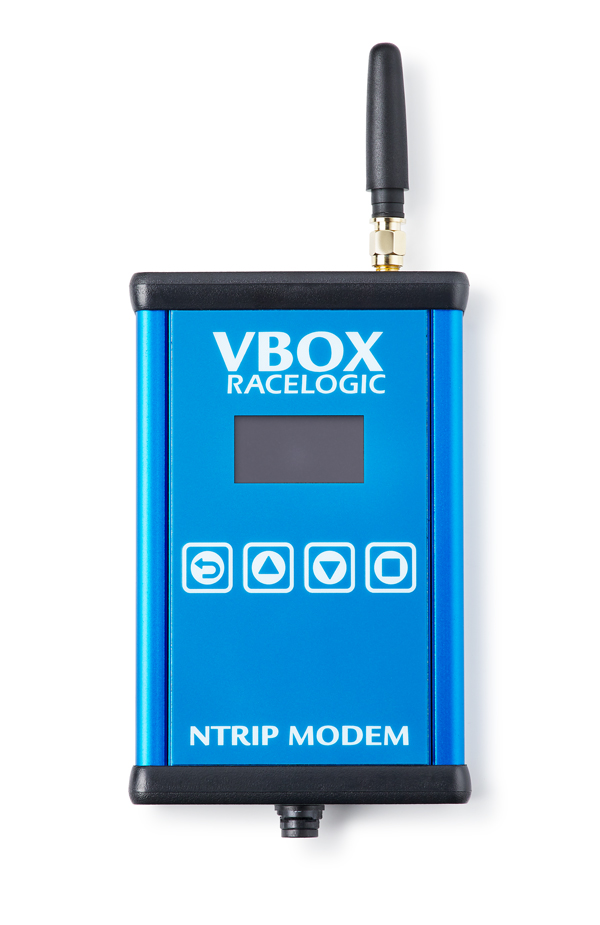The GNSS positioning products produced by Racelogic provide centimetre accuracy with options for real time kinematics (RTK), inertial measurement, and CAN integration.

SIGMA RTK
VBOX Sigma is a cost-effective, RTK enabled data logger with integrated NTRIP modem using Cellular data. Its multi-constellation, multi-frequency GNSS engine offers outstanding RTK performance even in areas with poor and multi-path satellite coverage. A 10Hz output with multi constellation NTRIP capable RTK Data logger with Wi-Fi, Bluetooth, CAN output, SD card. A very flexible, high capability performance at a cost-effective price.

Omega RTK
Omega RTK 100Hz Inertial Navigation System. Single antenna multi constellation RTK speed sensor with built in IMU. Includes Wheel speed input for continued measurement in GNSS outages. Includes a configurable CAN link for integration into existing Data logging equipment. Yaw, Pitch and Roll angle, Lateral/longitudinal G sensing, Lap timing function. 1x Digital outputs, Digital input, 2x CAN and 2x Serial ports. 5 to 30Vdc input range. Works with NTRIP Modem.

NTRIP MODEM
The NTRIP Modem allows you to receive RTK correction data via Internet, without having to operate your own RTK base station.
- Centimetre-level position accuracy
- Access public or commercial RTK Networks via the internet
- Wi-Fi access point for configuration via simple HTML interface
- Integrated OLED screen for status and connection information
- No radio interference or limitation on communication range
- Use Cellular or Wi-Fi data
RTK Base Station
By using the NTRIP Base Station you can create your own closed RTK Network. By having complete control of your network, you can be confident that the RTK corrections are dependable and consistent. Using Wi-Fi or Cellular Data multiple rover (mobile) systems can be connected.
GNSS Positioning Correction Service
Real-Time Kinematic positioning (RTK) is a method to enhance the precision of position data derived from satellite-based positioning systems. RTK works through a network of local stations disbursed throughout countries. Single Base Station RTK provides correction from either a specific reference station or the nearest one, whereas Network RTK delivers the correction from several stations in a local network.

